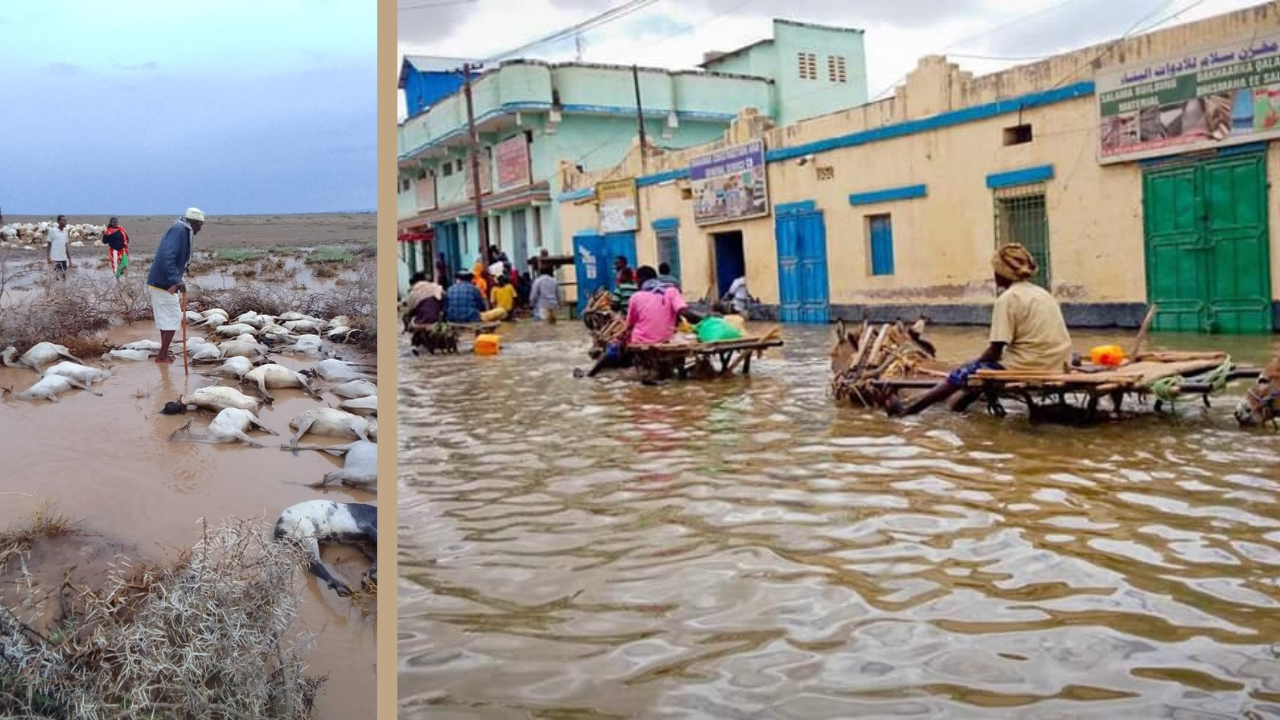Kisumu County in western Kenya is grappling with severe flooding, prompting urgent calls for governmental intervention. Residents, particularly from the hardest-hit areas, are appealing to both the national and county governments to take immediate action to alleviate the crisis by clearing clogged drainage systems and redirecting river flows back to their natural courses.
The crisis has been precipitated by the overflowing of River Nyando, which has led to extensive damage across several villages. Maurice Akoko, a clan elder from Kochogo village, highlighted the severity of the situation, noting that multiple villages, including his own, have been submerged, and homes are at risk of becoming completely inaccessible. Akoko’s appeals for government action underscore the desperation of the residents who face not only the loss of their homes but also potential loss of life.
The elder specifically requested that the river be redirected to its former path, emphasizing that this area is not currently utilized for agriculture and could provide a natural route for the excess water. He also called for the urgent release of disaster funds to enhance response efforts at critical locations like Kadera and Wuodage beaches, where the use of tractors could help manage the water levels.
Infrastructure has also been critically affected. Ahero Bridge, a major conduit on the Kisumu-Nairobi highway, has been rendered impassable due to the floods, disrupting significant transport and economic activities. The overflow at this bridge has led to a complete halt of all movement, affecting not only local residents but also commuters and traders traveling through the region.
Kisumu County Police Commander Alphonse Ombuya confirmed the extensive overflow in Ahero town and reported opportunistic crimes occurring amidst the chaos, with some individuals robbing stranded travelers. To counter these security challenges, police personnel have been deployed to maintain order and assist in managing the crisis.
The floods have also wreaked havoc on public infrastructure and agriculture in the region. Over 600 individuals have been displaced, with entire communities such as Ahero, Nyakach, and Muhoroni severely impacted. The backflow from Lake Victoria has exacerbated the situation, further complicating the flood dynamics and response efforts.
In response to the escalating crisis, Kisumu Governor Prof. Anyang Nyong’o has been proactive in coordinating rescue and relief efforts. The governor’s office has mobilized various state departments, including the Kenya Defense Forces and the Kenya Red Cross, to assist in rescue operations. Air support has been particularly highlighted as a critical need for reaching those marooned by the floods.
The county government is also working on logistical support, including the hiring of boats to facilitate the movement of affected individuals to safer areas. Additionally, there are ongoing efforts to distribute essential supplies to displaced residents, with over 15,000 individuals having received aid so far.
Governor Nyong’o has called on well-wishers and humanitarian organizations to contribute food and non-food items to assist those displaced. Collection centers have been established at strategic locations, including the Jaramogi Oginga Odinga Sports Complex, to streamline the support efforts.
As the county continues to battle these severe floods, the compounded challenges of disrupted transport, damaged crops, and the risk of diseases pose a significant threat to the recovery and stability of the affected communities. The situation remains dire, with a critical need for a coordinated and swift response to mitigate further loss and suffering among the residents of Kisumu County.
Kisumu City News




